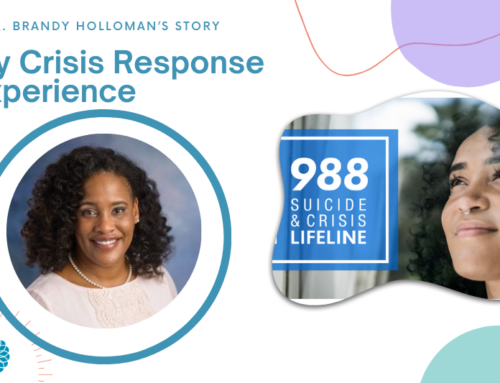The following was written by and from the perspective of Change Matrix (CM) Partner Elizabeth Waetzig:
If ever there was a time for effective leadership, it is right now. In a time of a global crisis that most people did not see coming, fear is palpable. Fear often leads to a more authoritative style of decision making that is the exact opposite of an adaptive approach…and not what we need right now.
Adaptive leadership was made for evolution and growth in response to a changing environment. Adaptive leaders recognize that they are supporting and promoting shifts in the status quo that lead to the unknown and the uncertain. They work to engage others to identify the environmental changes and the values, beliefs and practices that historically worked (or seemed to) and may need to evolve based upon collective will.
So, let’s unpack the work of the adaptive leader:
Get on the Balcony and take a look around – When you get beyond the tasks of the day, you can take a broader perspective. Ask yourself, what is changing? What is staying the same? Who is noticing? Who opposes changes or shifts? What is the impact of those environmental changes? How are various people impacted?
Define the adaptive work – Our work is made up of technical work that most would define, predict, and execute in a consistent way. In adaptive work the values and beliefs have to drive the practices to date? Where is the dissonance – the gaps between desired state and current reality, the unspeakable and avoided topics, the unresolved problems that are addressed with the same solutions?
Engage and protect multiple and diverse voices – Shifts in values, beliefs and practices cannot be identified and implemented by one person, even if the leader with authority. They require a collective effort to understand, to imagine, to acknowledge and to propose.
Regulate distress – These types of shifts usually involve loss for some if not all involved in adaptive work. Loss and fear increase distress when individuals are called upon to sacrifice deeply held beliefs to move forward. An adaptive leader must keep attuned to the collective distress and support the adaptive work at a pace that is tolerable. Alternatively, if the group is too comfortable, it is possible that the motivation for change is low and a leader may need to increase distress or challenge a group to act.
Maintain focus – when an effort to change is ignited, there is often momentum at the beginning. Some feel energized by the prospect of change, some are motivated to participate more by fear and others are swept along by the energy of the group. As momentum decreases over time, adaptive leaders may be called upon to bring focus back to the adaptive work. This can get harder over time.
We are currently in the middle of a pandemic, a global crisis the likes of which the vast majority of us has never experienced. Over the last month, our environment has shifted radically. It has forced us to consider every aspect of our individual and community life from providing for basic needs like food and shelter, to parts of everyday life like education and employment. It is scary, confusing and exhausting and every individual has a different capacity to respond to it. Tough decisions are in front of us about which services to offer, how to offer them, who offers them (and who does not).
Adaptive leaders in a time of unforeseen crisis and fear must take some time to get on the balcony and ask the same questions. What is changing? What is staying the same? Who is most impacted and what is the impact? And I will add this one – where are the opportunities?
Are the changes proposed or imposed in alignment with values and beliefs? If so, what are they and are they still relevant? Do values and beliefs need to shift and how will practice changes follow?
This requires adaptive leaders to engage diverse voices and hold a space to learn, innovate and adapt together. If authentic, that space is likely to be uncomfortable and adaptive leaders will have to both commit to staying in discomfort while encouraging others to do the same.
Lastly, things feel like they need to go faster in a crisis. Some things do need to go faster, but that does not mean that they do not need careful and collective deliberation. And as decisions are made and carried out, learning along the way and a willingness to pivot if indicated are important hallmarks of adaptive leadership.
We will get through this. We will get through this better if we collectively consider our values and beliefs when adapting our practices and policies to current realities while looking to opportunities for a brighter future.




